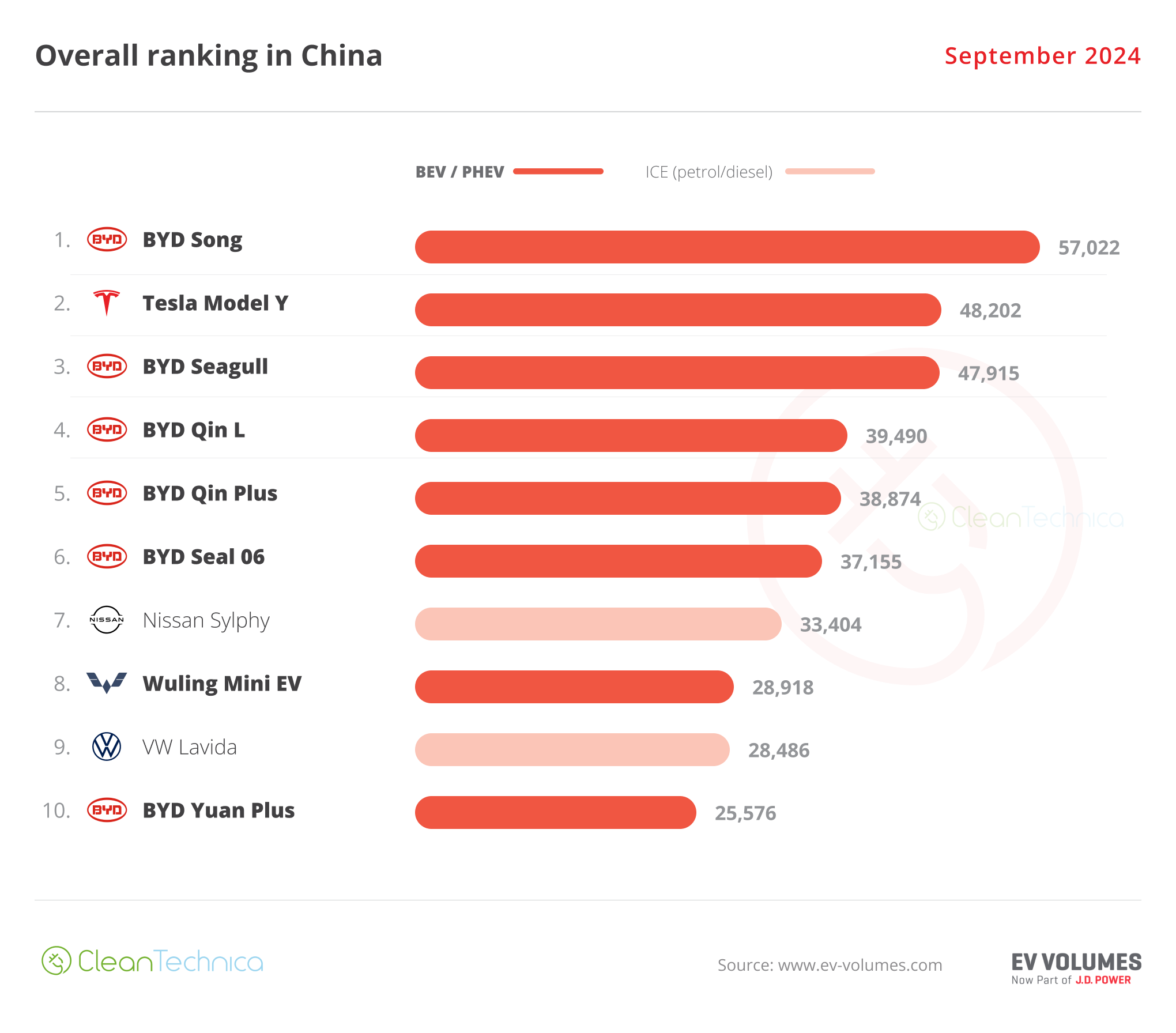
Green hydrogen fans have another reason to cheer, in the form of new proton batteries that store electricity in hydrogenated carbon electrodes. A research team at Australia’s RMIT University has been fine tuning their proton battery technology over the past five years in collaboration with a leading global automotive supplier. They have another breakthrough to report, and new EV batteries could be in the mix.
What Are Proton Batteries?
The RMIT research caught the eye of the World Economic Forum back in 2018, which enthused over the potential for proton batteries to overtake lithium-ion technology.
“The RMIT proton battery can be plugged into a charging port just like any other rechargeable battery. What happens next is remarkably simple: the electricity from the power supply splits water molecules, generating protons, which bond with carbon in the battery’s electrode,” WEF enthusiastically observed.
Water-splitting might have seemed remarkable five years ago, when the global green hydrogen market was just a twinkle in somebody’s eye, but things have changed since then.
Green hydrogen is produced from water through electrolysis, which deploys electricity from renewable resources to “split” water. Wind and solar power have both dropped in cost since 2018, and so has the cost of electrolysis systems, which explains why green hydrogen has been receiving more attention from investors in the years since 2018.
The connection between hydrogen and proton batteries is pretty straightforward. A hydrogen atom consists of one positively charged proton and one negatively charged electron. If the hydrogen atom somehow manages to lose its electron, it is left to wander through the universe as a proton.
As described by RMIT, storing hydrogen in a hydrogenated carbon electrode is an energy-saver, compared to producing green hydrogen gas. The alternative would be to store the hydrogen at high pressure for use in a hydrogen fuel cell.
Proton Batteries & Fuel Cells
Loosely speaking, electrolysis systems are the reverse of fuel cells so it’s no surprise to find that proton batteries discharge through fuel cells, but without the energy-sucking storage step involved with hydrogen fuel cells.
As explained by the RMIT team’s lead researcher, Professor John Andrews, during the discharge cycle proton batteries release their protons from the carbon electrode. They pass through a membrane to meet oxygen from ambient air. The reaction produces both water and power.
“Our proton battery has much lower losses than conventional hydrogen systems, making it directly comparable to lithium-ion batteries in terms of energy efficiency,” Andrews adds (see more proton battery coverage from CleanTechnica here).
Proton Batteries Are Coming To Electric Vehicles, Eventually
The RMIT team has been collaborating on its proton battery research project with the leading Italian auto parts supplier Eldor Group since 2018 and the collaboration has been extended for another two years.
Eldor is better known for its work on the conventional side of the auto industry, but it is hot on the trail of electrification and decarbonization, in addition to maintaining a focus on improving the efficiency of ICE vehicles.
If Eldor is banking on proton batteries to power the EV of the future, it may have a long wait on its hands. So far, the collaboration with RMIT has yielded a proton battery that can “power several small fans and a light for several minutes.”
That doesn’t sound like much, but the payoff could be huge in terms of lower EV battery costs and sustainable use of natural resources, compared to conventional lithium-ion EV batteries. After all, carbon is practically everywhere, but lithium is not.
In a July 27 update on the project, RMIT noted that the storage capacity of their new prototype weighs in at 2.2 wt% hydrogen (wt% refers to the measurement of hydrogen storage in a material). That was almost triple the capacity of their initial prototype five years ago.
According to RMIT, the new prototype also bested other electrochemical hydrogen storage systems, coming in at more than double the capacity reported by others.
The improvements over the 2018 prototype are detailed in the study, “Enhancement of the performance of a proton battery,” published in the Journal of Power Sources last September. Among other tweaks, the team developed an alternative mode of discharging proton batteries to enable the direct generation of hydrogen gas.
“Our battery has an energy-per-unit mass already comparable with commercially-available lithium-ion batteries, while being much safer and better for the planet in terms of taking less resources out of the ground,” Andrews emphasizes, while taking note of the battery’s fast-charging capability.
If all goes according to plan, the next steps will involve scaling up from watts to kilowatts, and eventually to megawatts. The collaboration is aiming at a range of applications including electric vehicles as well as utility scale energy storage.

Pushing Down The Cost Of Green Hydrogen
If all this is beginning to ring a bell or two, you may be thinking of a new zinc battery project from Oregon State University. The OSU zinc battery integrates a hydrogen generation system as a means of culling off a parasitic reaction in conventional zinc batteries, and putting it to good use.
Another example of battery-plus-hydrogen technology at work is a hydrogen-iron flow battery under development by the firm Proton Energy Systems. The company received an assist from 2010 through 2020 from ARPA-E, the cutting edge funding office of the US Department of Energy.
“This dual-purpose device can be recharged using renewable grid electricity and either store the hydrogen or run in reverse, as a flow cell battery, when electricity is needed,” explains ARPA-E.
As of the last update in 2020, ARPA-E anticipated that the Proton Energy Systems team would develop low-cost but highly efficient catalysts to achieve 80% efficiency, or more. “By operating at much higher efficiencies than traditional electrolyzers, this technology could offer multiple value streams thereby enabling widespread adoption of distributed storage and hydrogen fueling,” ARPA-E noted.
If you have an update on that project, drop us a note in the comment thread. In the meantime, ARPA-E is already on to the next big thing, a new proton-conducting oxide membrane under development at Columbia Engineering.
“The disruptive nature of this technology relies on materials research to make these oxide membranes really thin–two to four orders of magnitude thinner than conventional membranes–and thereby reduce their resistance by roughly an order of magnitude,” the school noted last year, when the project received $3.4 million in funding from ARPA-E.
“These advances would achieve step-change increases in current density and overall efficiency in hydrogen generation, compared to today’s commercial polymer electrolyte membrane electrolyzers,” they added.
Once the new membrane gets a workout in the lab, the companies Forge Nano and Nel Hydrogen are standing by to integrate it in an electrolyzer and scale up the technology quickly, so stay tuned for more on that.
Find me @tinamcasey on Bluesky, Threads, Post LinkedIn, and Spoutible, or @Casey on Mastodon.
Photo: Proton batteries demonstrated to provide zero emission power for small fans (courtesy of RMIT University).
I don’t like paywalls. You don’t like paywalls. Who likes paywalls? Here at CleanTechnica, we implemented a limited paywall for a while, but it always felt wrong — and it was always tough to decide what we should put behind there. In theory, your most exclusive and best content goes behind a paywall. But then fewer people read it! We just don’t like paywalls, and so we’ve decided to ditch ours. Unfortunately, the media business is still a tough, cut-throat business with tiny margins. It’s a never-ending Olympic challenge to stay above water or even perhaps — gasp — grow. So …



